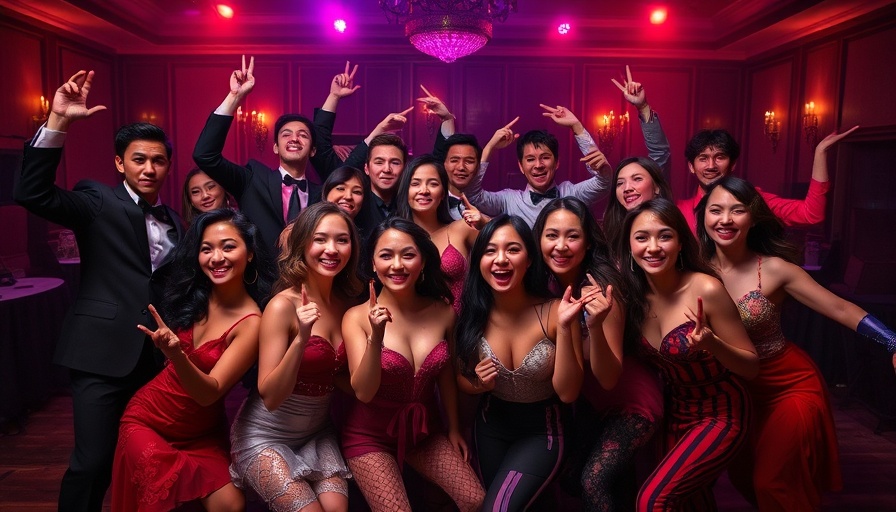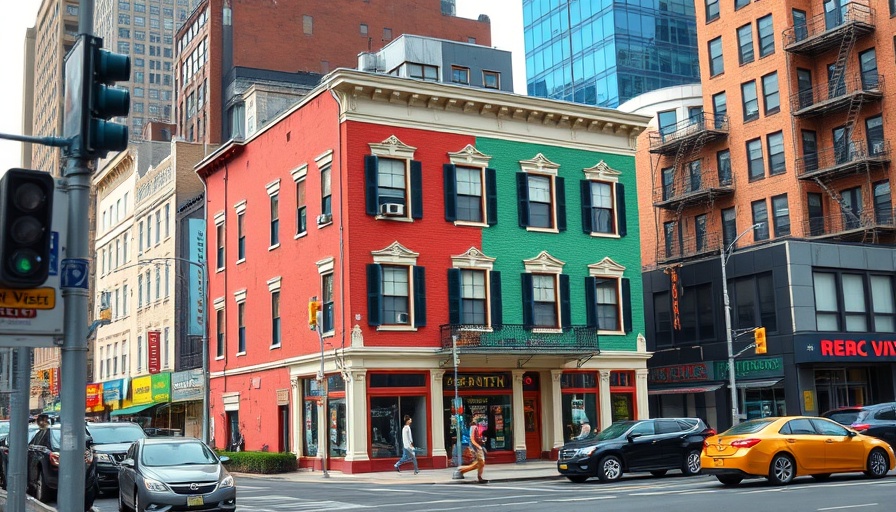
Exploring the Legacy of 'Paris is Burning' in Queer Culture
Released in 1991, Paris is Burning remains an iconic documentary that introduced the world to NYC's vibrant ballroom scene, primarily led by Black and Latinx queer individuals. The film served as a powerful lens, highlighting struggles but also immense joy within marginalized communities. It showcased the extravagant balls where participants celebrated their identity through categories like 'realness' and 'voguing,' fostering a sense of family amid societal exclusion.
The Intersection of Art and Activism
In a society in which LGBTQ+ rights were grossly ignored, Paris is Burning was a form of resistance and representation at a time when public acknowledgment of queer culture was limited. The documentary struck a chord with audiences, illustrating not only the artistry of performance but also the cultural nuances and realities faced by its subjects—homelessness, violence, and the relentless pursuit of acceptance. This juxtaposition of struggle and celebration has inspired many in contemporary movements for equity.
Understanding Today’s Context Through Historical Lens
Fast forward to 2021, there is a marked increase in visibility and representation for queer communities, yet Paris is Burning remains consequential. The film’s exploration of intersectionality sheds light on how race, gender identity, and socioeconomic status affect the lived experiences of queer individuals. As we navigate today’s discussions on inclusivity, reflecting on such documentaries allows us to better understand the roots of today’s cultural phenomena and movements.
The Call for Recognition and Compensation
The documentary does not come without its critiques. Questions regarding ethical representation and compensation for its subjects continue to surface. Many of those featured have struggled with poverty and violence, contrasting sharply with the creator Jennie Livingston’s success. As we honor the contributions of these trailblazers, it is crucial to also address the systemic issues that continue to affect marginalized communities within the LGBTQ+ spectrum.
Continuing the Conversation
As the world evolves, so does the dialogue around queer representation. It is vital for new generations to acknowledge the groundwork laid by earlier communities. Whether through shows like Pose or contemporary LGBTQ+ advocacy, the narrative pushed by Paris is Burning serves as both an inspiration and a critical reminder of the journey ahead.
 Add Row
Add Row  Add Element
Add Element 



 Add Row
Add Row  Add
Add 
Write A Comment